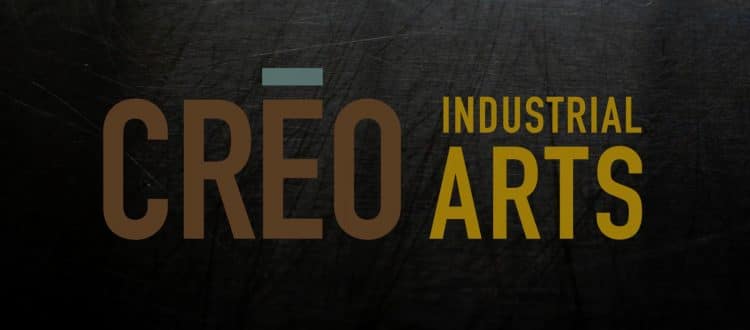A Change for the Better
Some of the most visually compelling displays and signage used by high visibility brands around the globe have their start in a 50,000 square foot facility about 30 minutes north of Seattle in Woodinville, Washington. At CRĒO Industrial Arts, a broadly skilled team of artisans and fabricators produce environmental graphics and signage that integrate metal, wood, and composite materials, all customized to customer specifications.
CRĒO typically takes on large-scale projects that often include ADA-compliant signage required in all public buildings. “Sometimes we had to contract this kind of work out,” says Jim Storie, Principal and Co-Manager. “But that required extra management to ensure we kept on schedule and maintained the quality standards our clients demand. To improve our ability to control the entire process, we decided to bring all ADA signage in house.”
Photopolymer a change for the better
ADA signage can be produced by engraving the shapes of alphanumeric characters into a substrate or affixing letters and numbers to the substrate material. Some clients think these processes offer a wider range of substrates and other materials than photopolymer, but this perception has declined as the range of substrates offered by Nova Polymers increased and the range of potential applications expanded.
“There’s always resistance to change and we will still fabricate ADA signage without photopolymer, but more and more we’ve found photopolymer to be a change for the better. With the other processes, characters are more easily removed and can fail due to wear. But with photopolymer all the characters, including Braille, are integral to the substrate, so it’s a more permanent solution.”
Getting up to speed
Bringing photopolymer ADA signage in-house was a straightforward process for CRĒO. “We already had a number of people who made plaques for various purposes,” relates Mr. Storie. “We assigned the photopolymer work to one department and Nova came in for a one day training session on the equipment, materials and processes. They gave us all we needed to get started and we were up and running at full speed in a week.”
The team at CRĒO likes the simplicity and logic of the photopolymer sign making process. “There’s not much ambiguity or any gray areas,” notes Mr. Storie. “You use this machine, these materials and this process. And you’re fine. We have very high standards and not having to rely on another company makes life easier for people here at CRĒO and our clients.”
Knowledgeable Support
Still, Mr. Storie admits his team can always learn more about advanced photopolymer signage processes and a call to Nova Polymers usually provides any needed information.
“Every designer wants to do something that hasn’t been done before. We have to figure out how to deliver what they want,” he says. “If we aren’t sure, we ask Nova Polymers how best to achieve a certain look, which type and thickness of substrates to use, and so on. Their tech support has been fantastic. We get very knowledgeable answers to our questions. They’ve always been very helpful.”
“The industry is moving toward photopolymers,” says Mr. Storie. “We encourage customers that way because we often consider it the best approach.“

